I recently found an old part of a train crossing gate (semaphore) in the weeds and mud near a train crossing.

I cleaned it up, and want to make it flash when I get a notification, so I'll be using one of my Arduino Unos.
I have an old PC power supply that should do the trick for powering it, and it works, so I think I'll just wire the Arduino to control the power supply by switching it on and off using the on/off pins (14/15)

Anyways, would using the Arduino to rapidly (1-2 seconds) toggle the power for the power supply be safe or alright thing to do? Would it be over-taxing on the supply? It'd only flash until I clear my notification, though that could be hours' time, if I'm away.